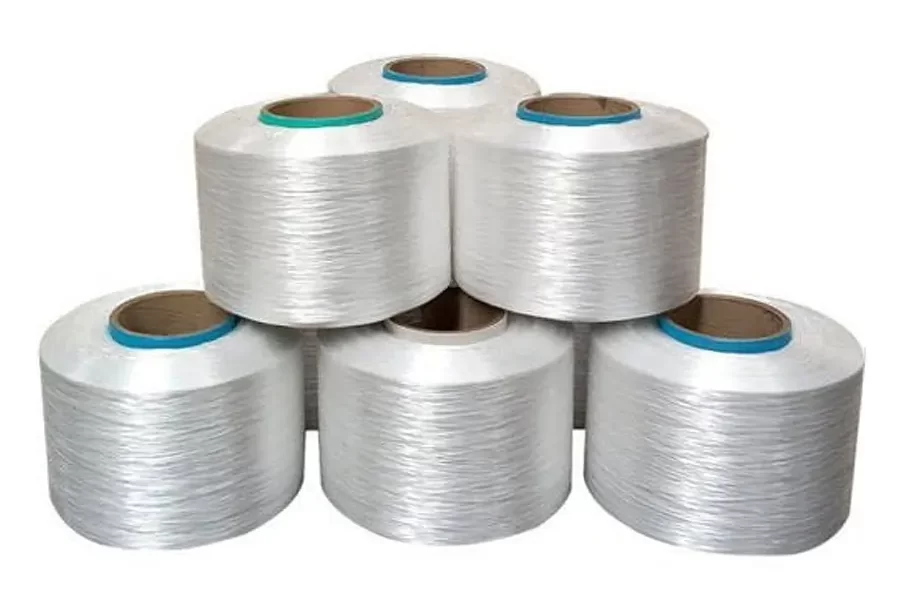In the world of textiles and industrial materials, multifilament and fibrillated yarns play a crucial role in providing strength, durability, and versatility. These yarns, composed of multiple fine strands, offer unique properties that make them suitable for a wide range of applications, from woven fabrics and ropes to advanced composites and non-woven materials.
Understanding Multifilament Yarn
Multifilament yarn consists of numerous continuous filaments bundled together. These filaments are typically made from synthetic polymers like polypropylene, polyester, or nylon. The individual filaments are extremely fine, providing the yarn with flexibility, softness, and a high surface area.
Key Advantages of Multifilament Yarn
- High Strength: The combined strength of multiple filaments results in a yarn with excellent tensile strength.
- Durability: Multifilament yarns are resistant to abrasion and wear, making them suitable for demanding applications.
- Flexibility: The fine filaments contribute to the yarn’s flexibility and drapability.
- Smoothness: The surface of multifilament yarn is generally smooth, making it comfortable against the skin.
Exploring Fibrillated Yarn
Fibrillated yarn is a type of multifilament yarn that undergoes an additional process called fibrillation. This process involves splitting the filaments into even finer microfibers, creating a yarn with a fuzzy or hairy texture. This unique structure enhances the yarn’s bulk, surface area, and absorbency.
Key Advantages of Fibrillated Yarn
- Increased Bulk: Fibrillation adds volume to the yarn, making it ideal for applications where loft or cushioning is desired.
- Enhanced Absorbency: The increased surface area of fibrillated yarn improves its ability to absorb liquids.
- Improved Softness: The microfibers create a softer, more comfortable feel.
Applications of Multifilament and Fibrillated Yarn
These versatile yarns find applications in a wide range of industries and products, including:
- Woven Fabrics: Multifilament yarns are used to produce a variety of woven fabrics, including apparel, upholstery, and industrial textiles.
- Ropes and Cordage: The high strength and durability of multifilament yarns make them ideal for ropes, cords, and fishing lines.
- Non-Woven Fabrics: Fibrillated yarns are commonly used in the production of non-woven fabrics, such as wipes, filters, and hygiene products.
- Composites: Multifilament yarns can be used as reinforcement in composite materials, providing strength and stability.
Simplex Chemopack is a leading provider of high-quality multifilament and fibrillated yarns. We offer a diverse range of yarn options to meet the specific needs of our clients.
To learn more about how Simplex Chemopack’s yarn solutions can benefit your applications, please contact us with your specific requirements. We can help you select the optimal yarn type, denier, and finish to achieve your desired performance characteristics.
FAQs
Q: What is the difference between monofilament and multifilament yarn? A: Monofilament yarn consists of a single, thick strand, while multifilament yarn is composed of multiple fine strands.
Q: What are the benefits of using fibrillated yarn in non-woven fabrics? A: Fibrillated yarn enhances the softness, absorbency, and bulk of non-woven fabrics.
Q: What types of polymers are used to produce multifilament yarns? A: Common polymers include polypropylene, polyester, and nylon.
Multifilament and fibrillated yarns offer a unique combination of strength, durability, and versatility, making them essential components in a wide range of applications. Simplex Chemopack is committed to providing high-quality yarns that meet the evolving needs of our customers.
Contact Simplex Chemopack today to discuss your yarn requirements and explore our comprehensive range of solutions.

